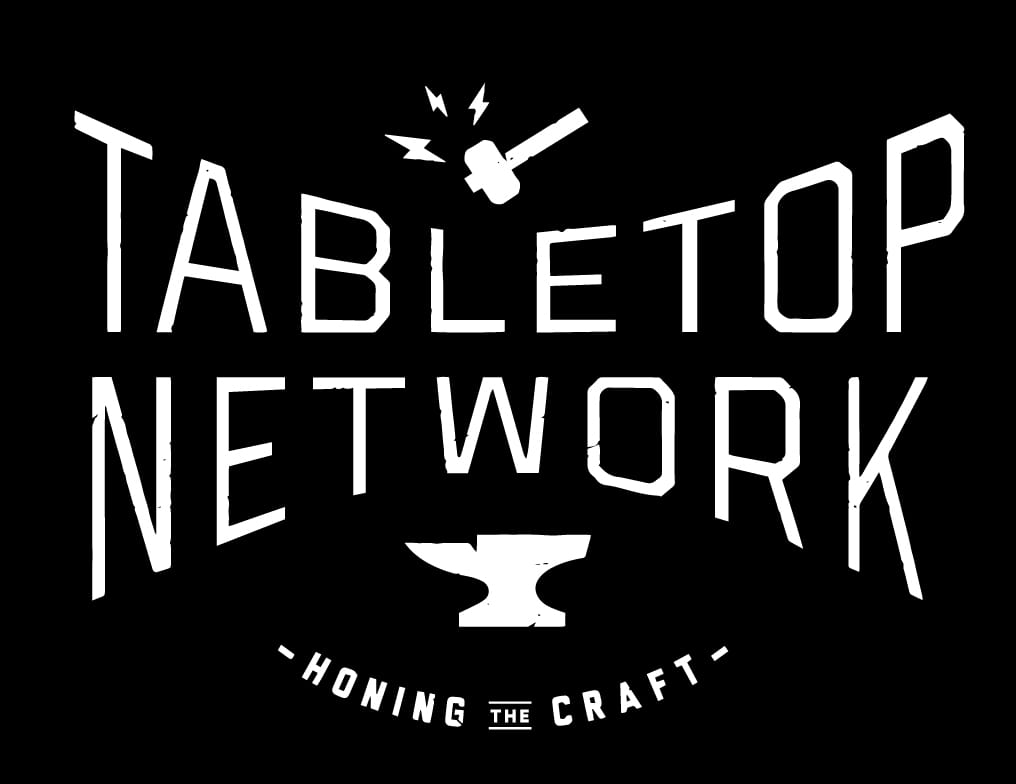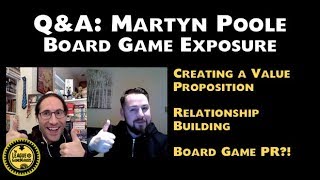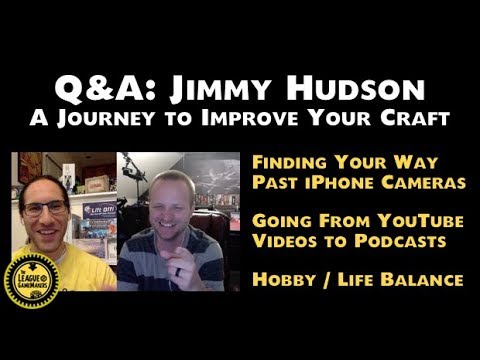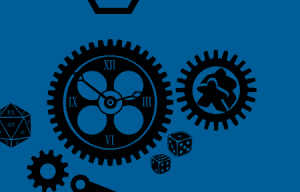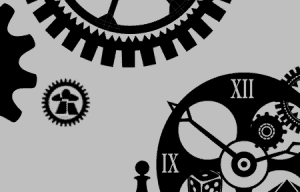
What do you think about catch up mechanics? What catch up mechanics have you used? What kinds do you hate? Below are a few perspectives from members of the League of Gamemakers. Feel free to share your own thoughts below in the comments!
LUKE:
“Catch up” mechanics are everywhere. They may be obvious or they be hidden subtly in some of your favorite tabletop games. Catch up mechanics are some kind of structure that gives an inherent advantage to a player who is behind.
(Aside: To paraphrase James Ernest, catch up mechanics don’t actually exist – if the player who is behind gets an advantage, they might not actually be behind. In other words, there may always be a leader in a game, it just may not be the player who looks like they’re in the lead on first glance. Thus, catch up mechanics are just “mechanics” that obscure who the leader is.)
Some games may require a catch up mechanic, and it may make sense to use one, but often it seems that if a game is begging for a catch up mechanic, it already suffers from a serious design problem: a runaway leader effect. The runaway leader effect can be a game killer, and designers need to do their best to squash runaway leader effects in their games.
A runaway leader effect often stems from a mechanic that allows a player to move closer to victory while also enabling that player’s subsequent actions/turns to also be improved within a game environment that’s too rigid to allow dynamics to shift the balance of power.
Imagine if the money cards in Dominion were worth Victory points equal to their money value. If you can’t imagine it, sit down and play it. The player who builds up their money the fastest will have both the most victory points and the best buying power, and they’ll get farther and farther ahead as the game goes on. The low interactivity of dominion would prevent players from having some kind of alternate path to cut off a leader.
Dominion’s victory cards do something that many games do – they move you closer to victory, but they actually interfere with the efficiency of your future turns. This isn’t a catch up mechanic, it’s a “headwind” something that slows down the player who surges ahead. The more VP cards the player has, the harder it is for that player to have productive turns. A headwind is a more elegant way of preventing the runaway leader effect than a catch-up mechanic.
Another approach is to ensure that strong multiple paths to victory exist in a game. If a player is leaping ahead on one path to victory, perhaps that might not be an issue, because that may be leaving open other routes for players to pursue unopposed.
When playtesting a Euro game, I like to see the VP markers remaining close throughout the game. If players are moving down the path at clearly different rates, it’s indicating that one path to victory may be better than another. If one player gets 3 vp each turn, and another player gets 5 vp each turn, there may be a problem with the game. If there’s an actual “acceleration” of movement down the VP track, there may be a runaway leader effect. When paths to victory are more balanced, there will be more persistent jockeying for position. If there’s a player consistently behind, that might be ok too – as long as their approach will lead to more late game success.
CHRISTINA:
I don’t think a catch-up mechanic is necessary for shorter games; you can always do a “best two out of three” if you’re that far behind. But I sure appreciate it in long ones, and while I don’t necessarily need a handout for being last, a balanced game should have more than one path to victory that a smart player can work to their advantage.
PETER:
Peter: Good question! Is it a contrived mechanism to keep games competitive/balanced, or is it a tool in the mechanical toolbelt to use when needed? I’m leaning towards the former – it’s a patch. I’m considering two examples: Power Grid and Suburbia (both of which I really enjoy, despite any issues):
Power Grid is entirely wrapped up in turn order – it’s everything from making the leader buy a plant first to letting the lowest rank player buy resources first. You might say that makes the mechanic interwoven enough to deserve a spot in the game for balance needs. But you have players who now need to engineer turns and “hold back” if needed to pull off certain scores. If the actual leader can hold back in 3rd spot due to some poor turns by the player “in the lead”, then I think it’s a contrived system which isn’t even measuring the true leader – all to simulate balanced play.
As for Suburbia, the “red lines” (I love the game but this is very contrived…) the instructions need to tell you to go for cash first and not reputation, because you’ll create a horrible ratio out of the gate and screw up your chances. This is probably because the red lines are mainly to pull back a runaway leader in end game. I think the solution is probably to put the balance in the tiles themselves, but like Power Grid, I do find myself engineering my position with these arbitrary parameters.
BRAD:
Brad: With casual or family games a catch-up mechanic is good to keep all the players involved. With a more strategic game players want to be rewarded for playing well, so a catch-up mechanic could be frustrating.
STEVE:
This is something I grapple with a lot. It’s especially challenging in multi-player games. I think it boils down to: the apparent end of the game should be as close as possible to the actual end of the game.
It’s the problem of “de facto player elimination”, where a player might not technically be out of the game, but they have a whelk’s chance in a supernova of squeezing any sense of victory out of the experience.
The important thing is to minimize that. Catch-up mechanisms seem to be the obvious thing to use here, but they can have a downside: one player’s Catch-up is another player’s Stolen Win.
Coming at it from the other side, I’ve been experimenting with a multiplayer mechanic I call an Accelerated Ending. The idea is not to give a losing player a chance to take the lead; instead, when there is an overwhelming loser, make sure the game ends quickly.
JEFF:
What Luke said about Dominion!
CHRISTIAN:
I think if you’re looking to add a catch-up mechanic, then what you really need to do is go back and fix the mechanics of the game to begin with.
If players are continuously falling behind without a way to keep up or overcome gradually, then there’s a flaw in the current design. Slapping a catch-up mechanic on it seems more like a bandage rather than a fix.
This is a flaw that I’ve found in Splendor recently. When playing Splendor with two players, I can tell you who will win with almost certainty within gathering 3 or 4 cards. The reason being, there’s this engine building process that, once a certain path is chosen, there is no changing or fixing it.
Games like this often make people in the end say that there should be a catch-up mechanic, but what they should really be saying is that the game itself should be a little more forgiving throughout and allow for a changing of strategy.
The following two tabs change content below.

